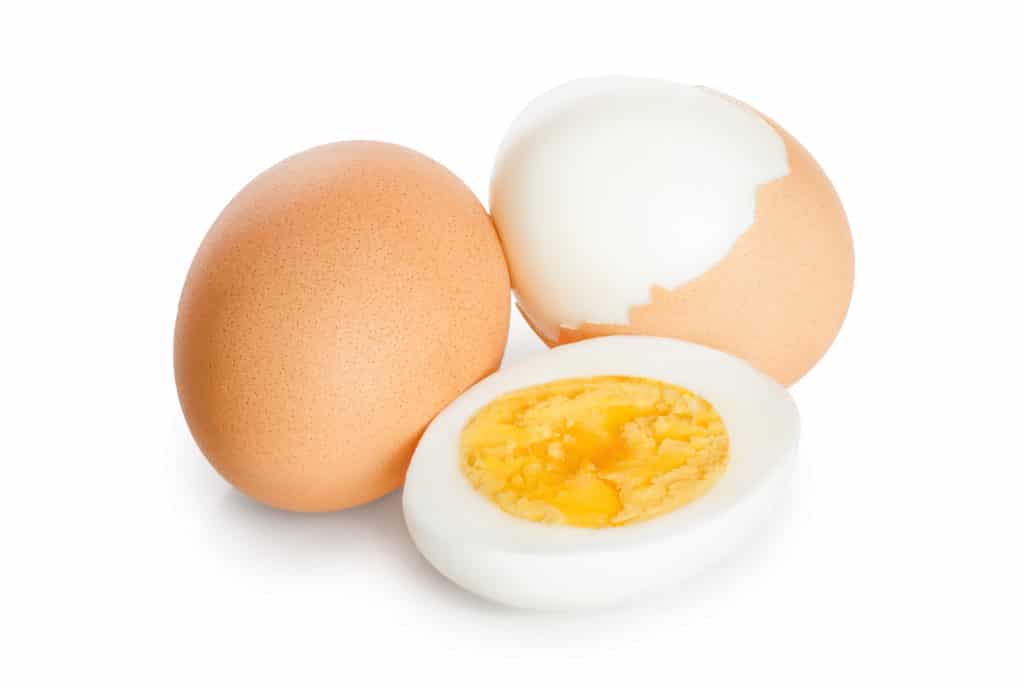Physical Changes
and Chemical Changes
Vocabulary
Read the vocabulary terms to understand the reading better.
Chemical Changes
Chemical changes are changes that result in one or more new substances and that cannot be reversed (e.g., flour can be added to other substances and baked into cookies, but cookies can’t be turned back into flour).
Evaporate
Evaporation is to change from a liquid to a gas.
Physical Changes
Physical changes are changes in states of matter that can be reversed (e.g., freezing water into an ice cube, then melting it back into water).
Vapour
Vapour is extremely tiny droplets of liquid suspended, or held, in the air.
Changes in matter can be physical changes or chemical changes. Physical changes are reversible, and chemical changes are irreversible (cannot be reversed).
Physical Changes
A physical change is a change in the size, shape, or state of matter with no new matter being formed. Changes in states of matter are always physical changes because they can be reversed. For example, you can melt an ice cube (a solid), then freeze the water (a liquid) to turn it back into ice. Or, you can boil water to make it evaporate into water vapour (a gas), then cool the water vapour to make it condense into liquid water. In both examples, the substance—water—has not changed into something else. The water changes from one state to another, but it is still always water.

Changes in states of matter are not the only types of physical change. If you cut an apple into two pieces, you have changed the shape of the apple but both pieces are still apple. You can reverse the change by putting the two pieces back together.
Chemical Changes
In a chemical change, a new substance—or more than one new substance—is formed. The change is not reversible. For example, if you burn a piece of wood, two new substances are formed: smoke and ash. The smoke and ash cannot be turned back into wood. If you cook an egg, you cannot change the cooked egg back into a raw egg.

Signs of a Chemical Change

The following are signs that a chemical change is happening:
- Change in colour: When leaves change colour in autumn, they are going through a chemical change.
- Change in odour: You can tell that an egg is rotten because of the awful odour. A rotting egg is undergoing a chemical change.
- A precipitate forms: A precipitate is a solid that forms when certain liquids are mixed together. If you see a precipitate form, you know that a chemical change has happened.
- A gas is produced: When you mix certain substances together, the mixture will begin to bubble. The bubbles are made of a gas that is produced through a chemical change.
To learn more about chemical changes, watch the video by Crash Course Kids on YouTube.
Show What You Know!
Complete some questions about the reading selection by clicking “Begin Questions” below.









